RSPB Conwy Nature Reserve
Conwy Nature Reserve, North Wales, is proof that wonderful things can happen when we work with nature in mind.
What was once waste material, dug out when the A55 road tunnel was built, has been transformed into a haven for wetland wildlife. With a network of boardwalks and viewing points, this is the perfect place to learn about wetland wildlife and get close to dragonflies.
Practical habitat management is underway on the reserve to create more habitat for dragonflies. Currently Bridge Pond is one of the best places to view dragonflies on this reserve.
RSPB Conwy joined as a Dragonfly Hotspot in 2024! We will be continuing the celebration of this site into 2025 with Dragonfly events, make sure you visit this coming dragonfly season.

Opening times, entry costs, facilities and directions
Volunteer
Volunteers experienced in dragonfly recording and habitat management are needed to help support the new Dragonfly Hotspot project. Please contact Warden Tim Wallis if you are interested: conwy@rspb.org.uk/ 01492 584091
Things to see
Stroll along a boardwalk, through a reedbed, to the sounds of Reed Warblers in summer and Water Rails in winter. Then look across two lagoons, one with shallow water and the other much deeper, which attract waders and waterbirds, especially from August to March. These are best for birds at high tide, when the river pushes waders to roost and feed on the islands.
Follow the trails through mixed scrub and grassland, dotted with temporary pools – loved by dragonflies and butterflies – and colourful with orchids in summer. Look out for the rare coccinea form of Early Marsh-orchid and the bumblebee-mimicking Bee Orchid. The final part of the circular trail takes you along the edge of the estuary, overlooking mudflats and saltmarsh, with a backdrop of the Carneddau mountains beyond.
The lagoons provide a refuge for hundreds of waders that move off the estuary at high tide. Vegetation on the islands is cut short each autumn to make them suitable for roosting Curlews, Redshanks and grazing Wigeons. We reshape the islands, from time to time, making sure there are plenty of muddy edges for waders to feed. Water in the lagoons is fresh, not tidal, so we rely on rainfall to fill it during the winter, with additional water pumped from the nearby Afon Ganol.
Image by Nathan Lowe
Species Information
Click on the species image for further information, such as flight times and identification.

